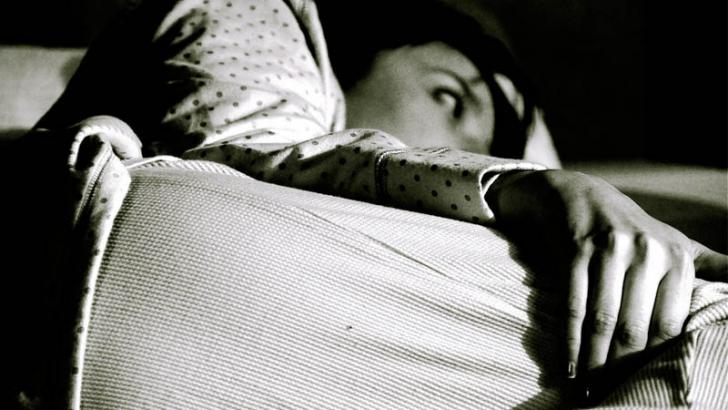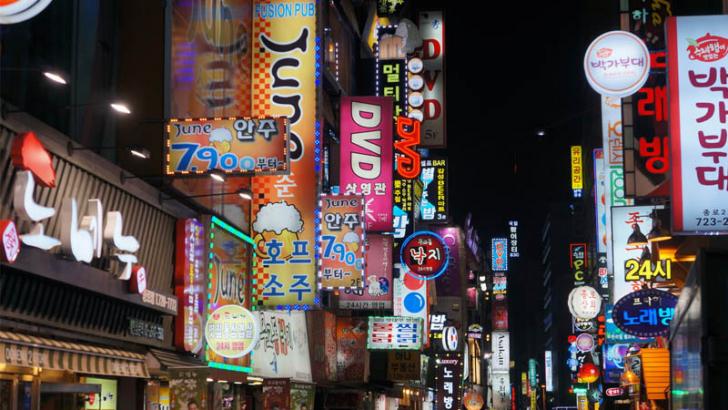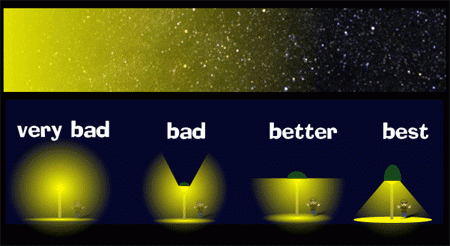Before we invented civilization our ancestors lived mainly in the open out under the sky. Before we devised artificial lights and atmospheric pollution and modern forms of nocturnal entertainment we watched the stars.
– Carl Sagan
Human beings have engineered the night so that we don’t have to be in the dark anymore. However, its advantages are not without adverse effects which is known as light pollution.
Light pollution is obtrusive and excessive artificial lighting. It is the degradation of our night surroundings by the introduction of artificial lights in the environment.
Light sources that are not utilized completely or effectively cause light pollution.
The adverse consequences of light pollution might seem insubstantial but pollution of our night sky has been linked to visible impacts on the health of human beings and animals, especially that of nocturnal wildlife. For example, light pollution has been linked to algal blooms in lakes that affects water quality and harms aquatic life.
Types of Light Pollution
Light trespass
It is the unwanted artificial light that enters our property such as our homes and offices. The light entering our room from outside at night is an example from light trespass. Exposure to artificial light at night may deprive us of a good night’s sleep which may ultimately lead to serious problems such as sleep disorders.

Glare
Glare is the blinding light that causes temporary vision loss because of excessive scattering of light in the eye. The bright headlights of a car can produce glare for an oncoming pedestrian and another automobile. This creates confusion and greatly increases the chances of road accidents.

Skyglow
It is the glow reflected from the buildings and automobiles to the night sky which is scattered in the atmosphere. Every urban city in the planet can experience skyglow at night. Skyglow denies us of a clear dark sky full of twinkling stars. This is specially a hindrance to astronomers and skygazers.

Over-illumination
It is the unnecessary or excessive use of artificial lightings. Retail stores, offices and showrooms are guilty of this. Excessive lighting is economically wasteful and has several health effects such as fatigue, headaches and medically defined stress.

Light clutter
It refers to the group of illuminated buildings. The Las Vegas Strip, where businesses are constantly trying to outshine their competitors, is an example of light clutter. Light clutter is a result of bad lighting design and grouping of colorful artificial lighting. It can be exciting to look at but give it some time and soon it becomes a nuisance. It creates confusion and pedestrians are prone to accidents while engaged by the colorful buildings and sign boards everywhere.

Effects of Light Pollution
There are many adverse effects of light pollution.
Light trespass disrupts our sleep during night time which may lead to sleep disorders. Exposure to excessive artificial lights at night is linked to suppression of melatonin in our bodies.
Light pollution may alter the migratory pattern of some species of birds. It may also disrupt the predator-prey relationship in some species.
Over-illumination leads to the waste of valuable energy and is also the cause of high electricity bills. Millions of tons of CO2 are released and billions of dollars are wasted ever year in the United States alone because of unshielded outdoor lighting.
What Can Be Done
In contrast to the other existing environmental concerns, light pollution can be minimized by using simple and economic solutions such as reducing the use of artificial lighting and using proper lighting. Awareness about the the effects, along with the facts of light pollution is a must in order to control this pollution.
Good lighting should optimize our night vision and let us see our surroundings. Being distracted or blinded by the light source contradicts the whole point of using the light source.

The lighting source which doesn’t emit light above its horizontal plane can be classified as proper lighting. If light designs follow this guideline, the problem of light pollution can be greatly minimized.